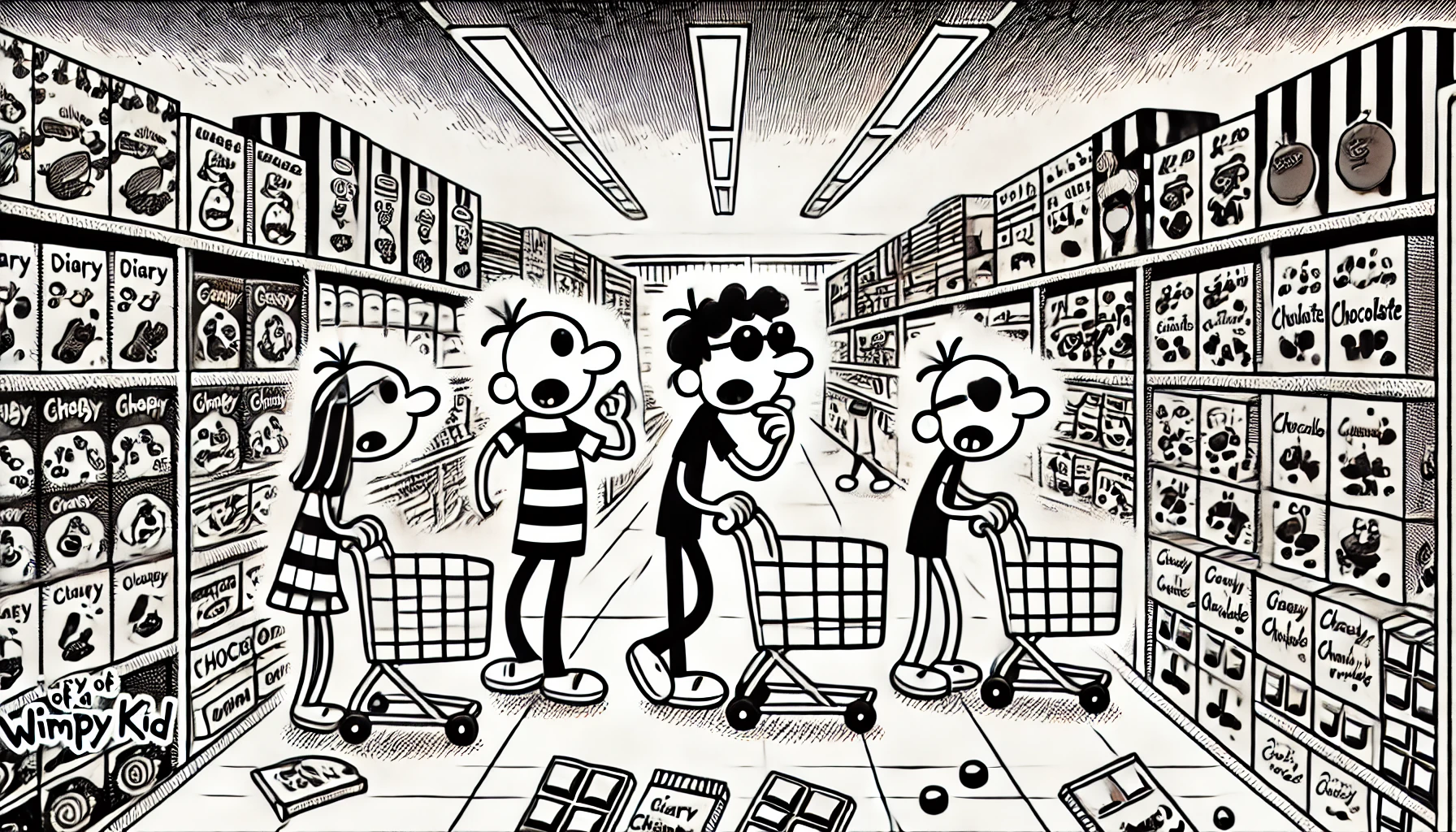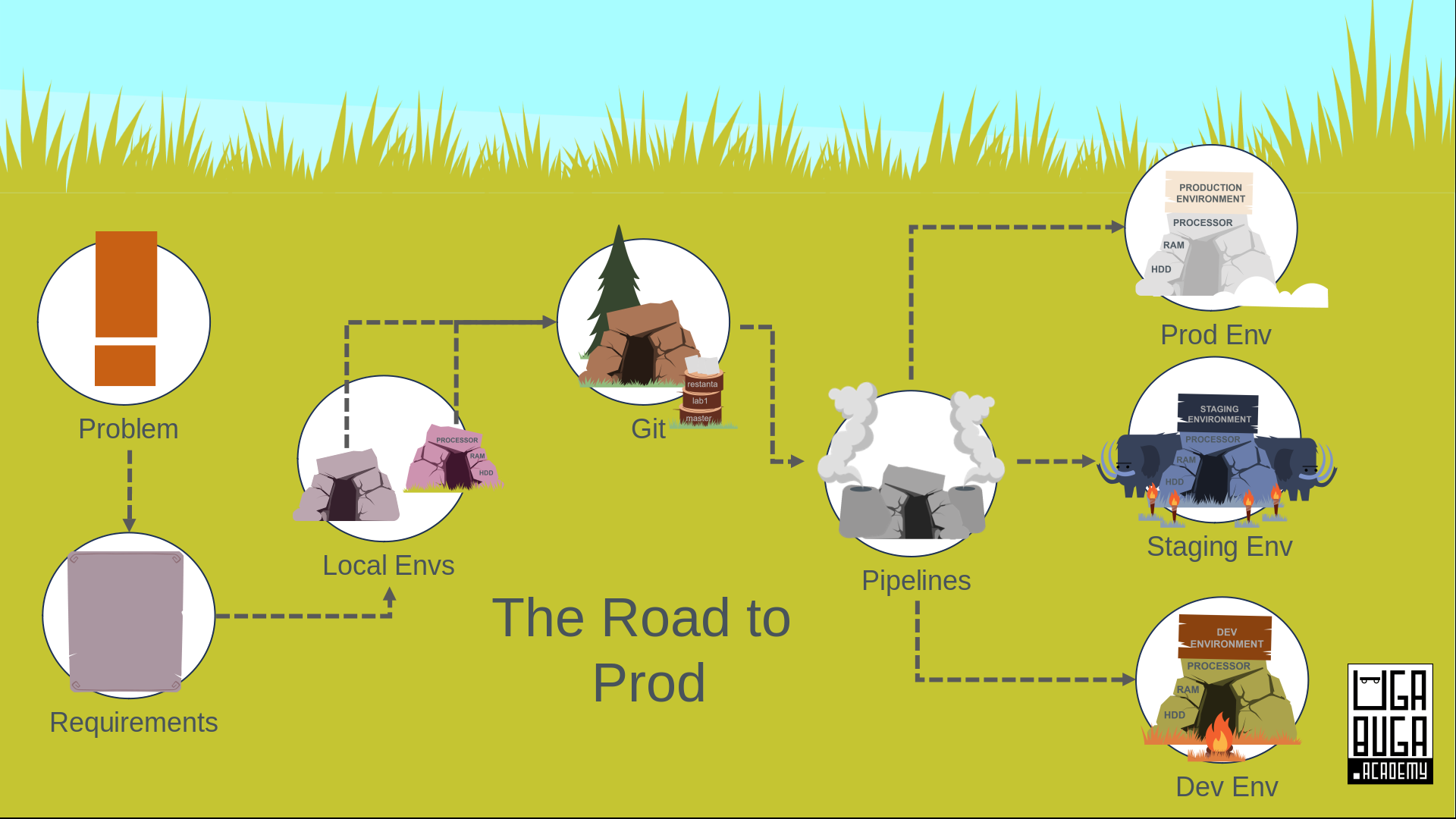📝 Seminar - About SSVV
🛒 A Product's Journey

Imagine you're walking in a supermarket. Picture the colorful aisles filled with products: chocolate bars, sandwich ingredients, drinks, and more.
❓ Interactive Question
💬 Have you ever wondered where do all these products come from?
💬 What’s the first thing you check when picking up a product in the supermarket?
🍫 A Chocolate Bar’s Journey

Let’s take a chocolate bar as an example:
- Step 1: The cocoa beans are grown and harvested. They must be inspected for quality—no one wants moldy beans in their chocolate!
- Step 2: The beans are processed, mixed with sugar and milk, and turned into chocolate. Each ingredient must meet quality standards.
- Step 3: The final product is wrapped, packaged, and inspected for appearance and taste before it hits the shelves.
❓ Interactive Question
💬 What do you think happens if a mistake is made at any step?
🖥️ A Software Product’s Journey

Just like a chocolate bar must go through several steps before it reaches the customer, software follows a structured trajectory from idea to a functional product.
Step 1: Identifying the Problem and Defining Requirements
Before writing any code, a software product starts as a response to a specific need. The problem must be clearly identified, and requirements must be gathered to ensure the solution is well-defined.
🔹 Example: If a company needs something, they are responsible for clearly stating their needs, and the developers are responsible for clearly understanding, refining and correcting them when needed. Otherwise, the delivered product may diverge from the required one.
Step 2: Development – Building the Solution
With the requirements defined, developers begin writing the code. This phase transforms ideas into a functional product, ensuring each feature aligns with the business needs.
🔹 Example: If a developer misinterprets the requirements, or commits errors, they might build a feature incorrectly, leading to a mismatch between how the software should behave and how it actually behaves.
Step 3: Continuous Integration & Continuous Deployment (CI/CD) – The Code Factory
CI/CD acts like an assembly line, automating testing and deployment. Code is continuously integrated, tested, and deployed to catch errors early and ensure smooth updates.
🔹 Example: If automated tests are missing or ignored, defects could make it into production undetected.
Step 4: Production – Delivering the Software to Users
Once the product passes all tests, it is deployed to the production environment where users can access it. Just like a chocolate bar reaches store shelves, the software must be monitored for performance and stability.
🔹 Example: If deployment fails or unexpected bugs appear, users may experience crashes or security vulnerabilities.
❓ Interactive Question
💬 At what step do you think that errors can occur?
✅ Verification and Validation’s Journey

The world of Software Engineering is wide => The world of Software Verifications and Validations must be wider
- Bogdan, Philosophy, Iudean
Verification: “Did We Build the Product Right?”
It ensures that the product meets all specified requirements and that each component functions as intended.
🔹 Example: Checking that the chocolate bar contains the correct ingredients and that the packaging is sealed properly.
🔹 Software Example: Ensuring that the inventory management system calculates stock levels correctly and displays accurate data to users.
Validation: “Did We Build the Right Product?”
It ensures that the product meets the customer's needs and expectations.
🔹 Example: Confirming that the chocolate tastes good, is appealing to customers, and meets dietary standards.
🔹 Software Example: Making sure the inventory management system is intuitive, helps businesses track stock efficiently, and integrates well with other systems.
Verification vs. Validation Together
Both are necessary to ensure product success
- A chocolate bar that is technically cooked correctly (✅ Verification), but it tastes terrible (❌ Validation), => FAILURE!
- A written assignment that is very meticulously written (✅ Verification), but it covers the wrong subject (❌ Validation) => FAILURE!
- A software system which has perfectly functional components (✅ Verification), and delivers the desired behaviour (✅ Validation) => SUCCESS!